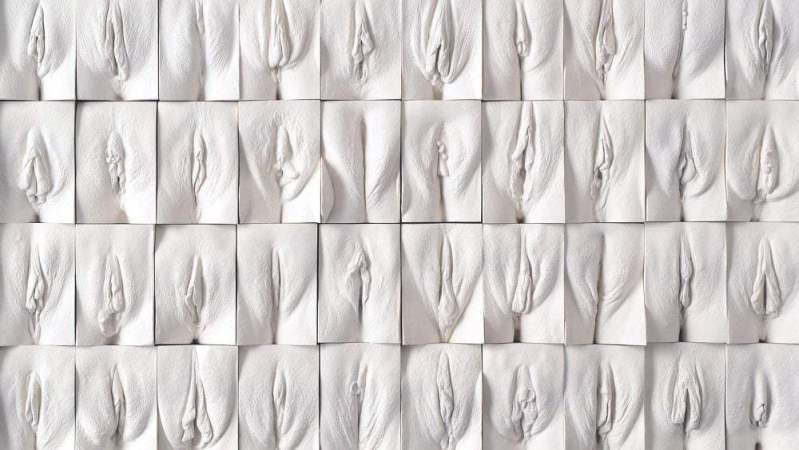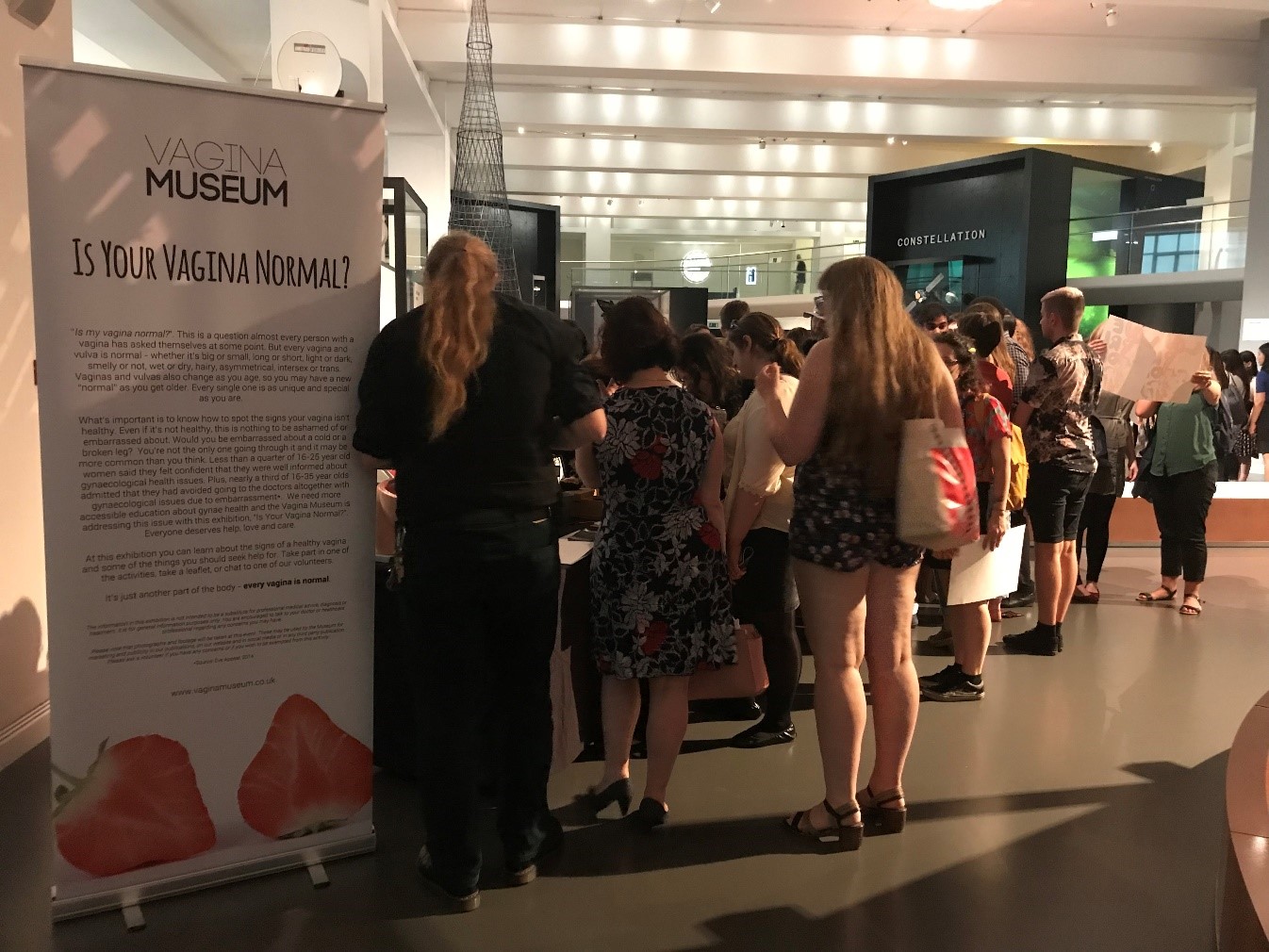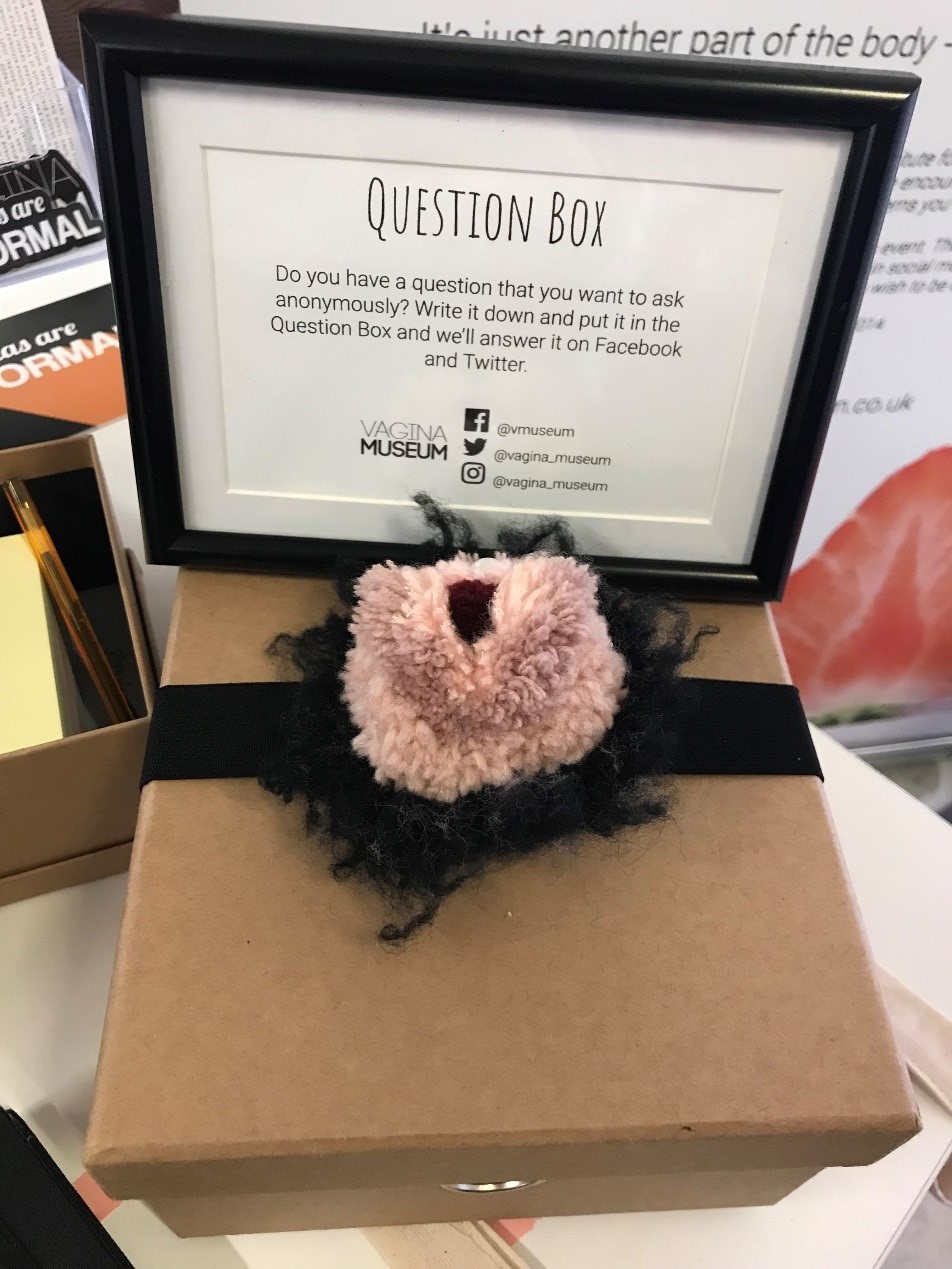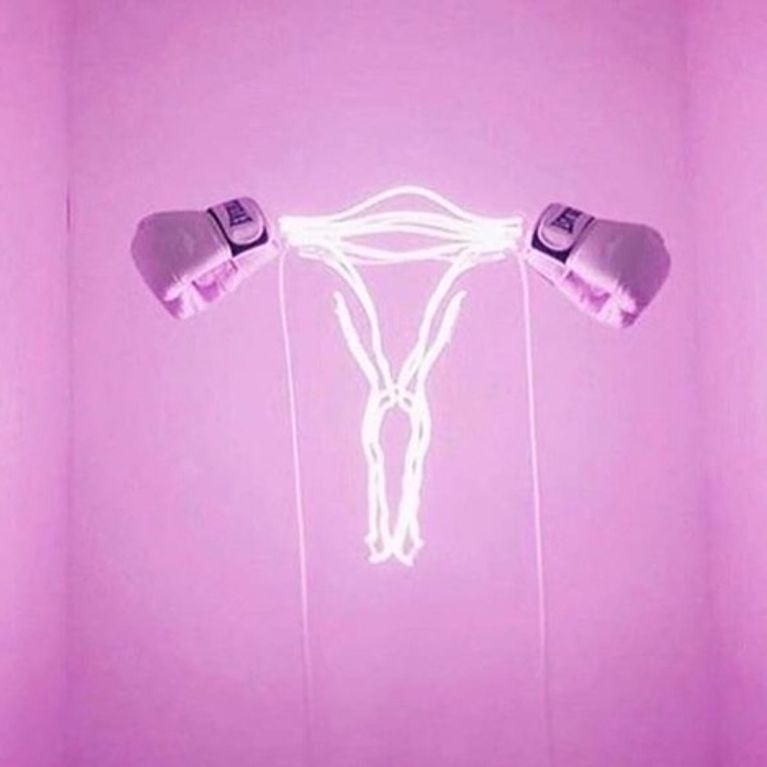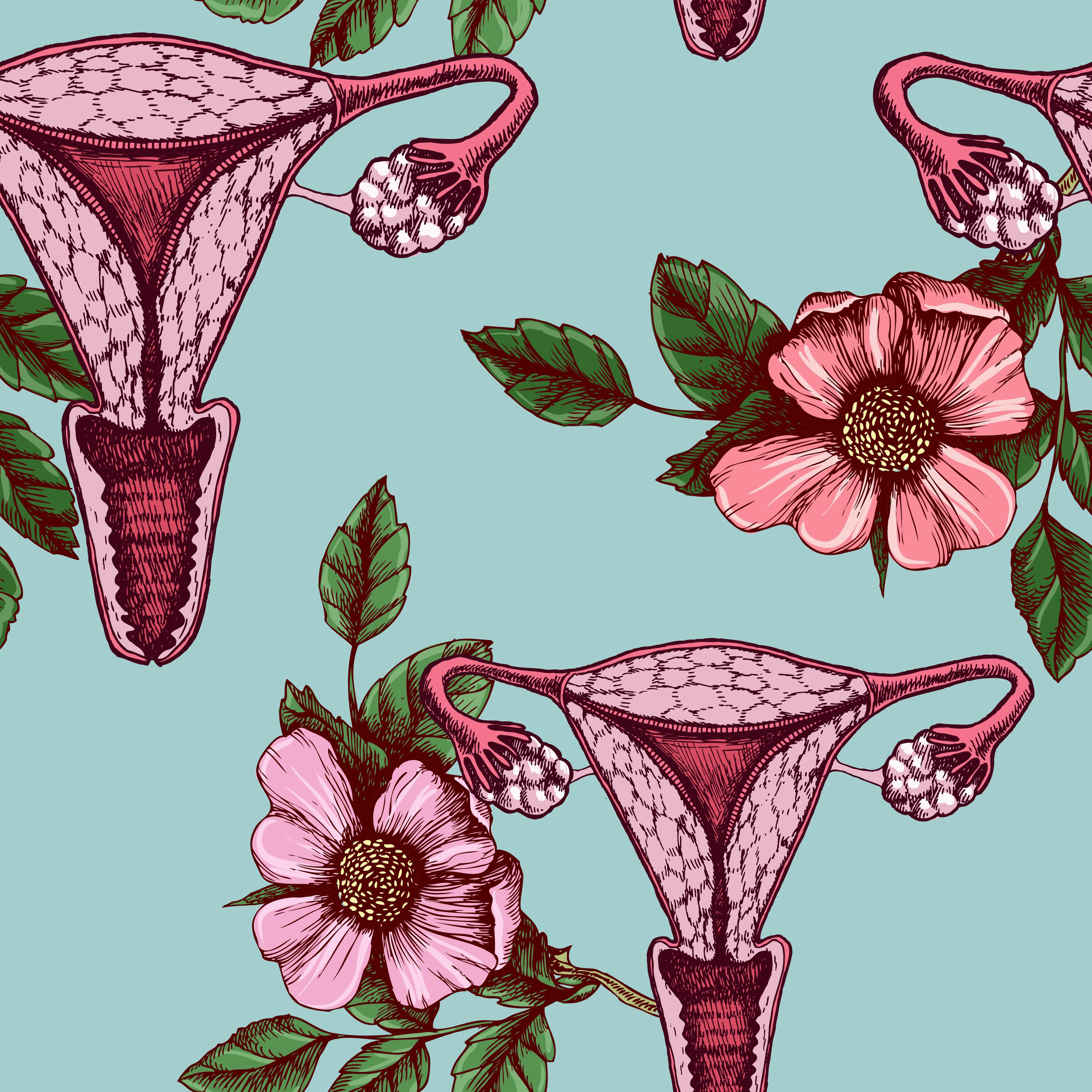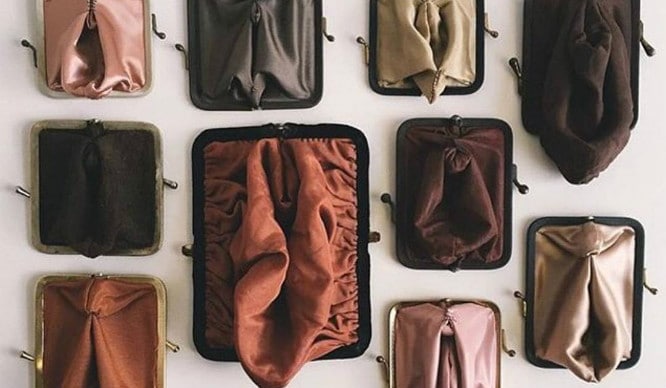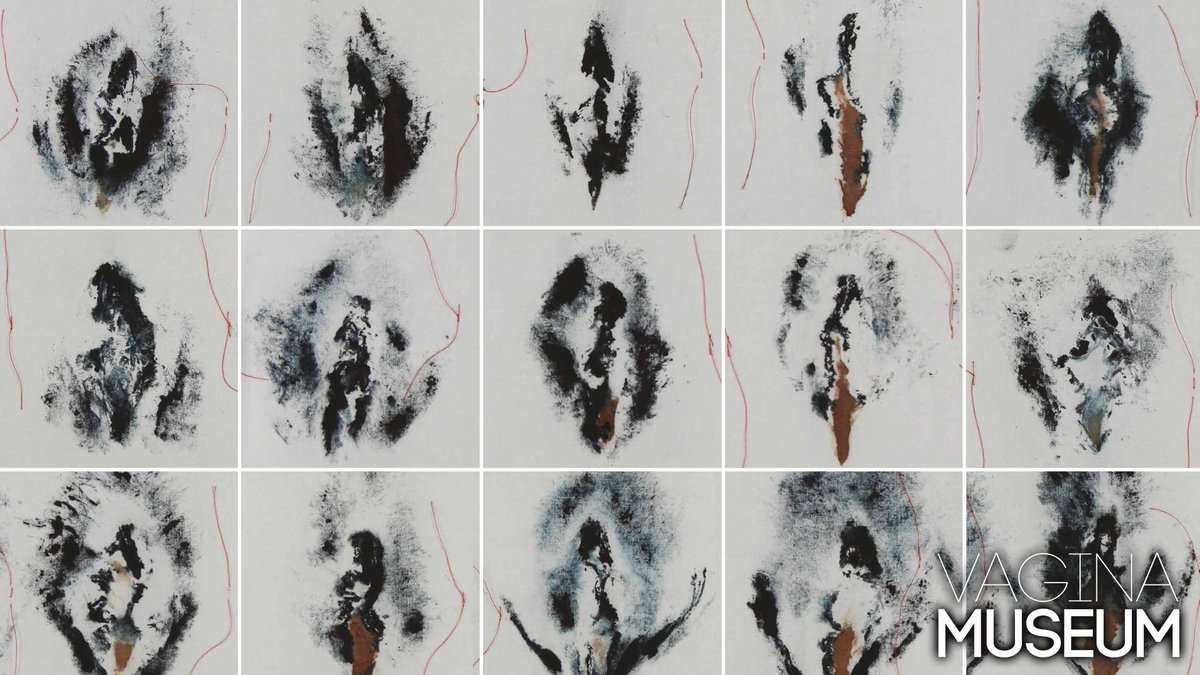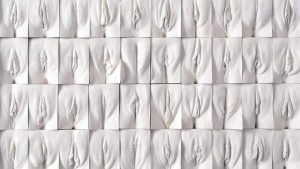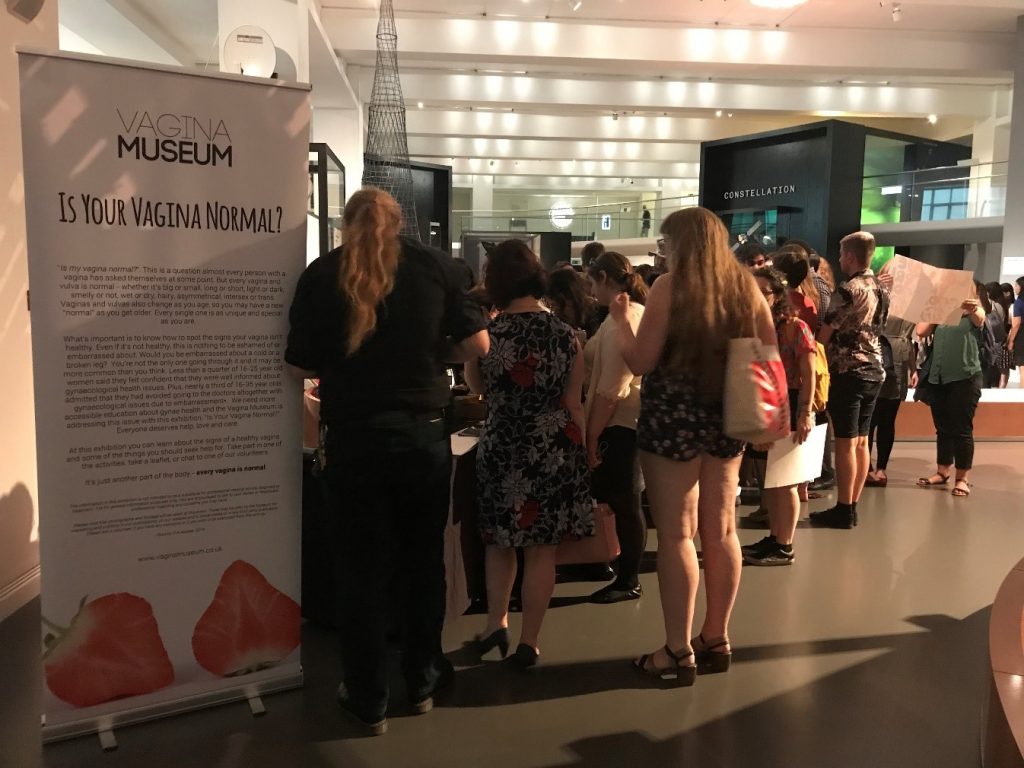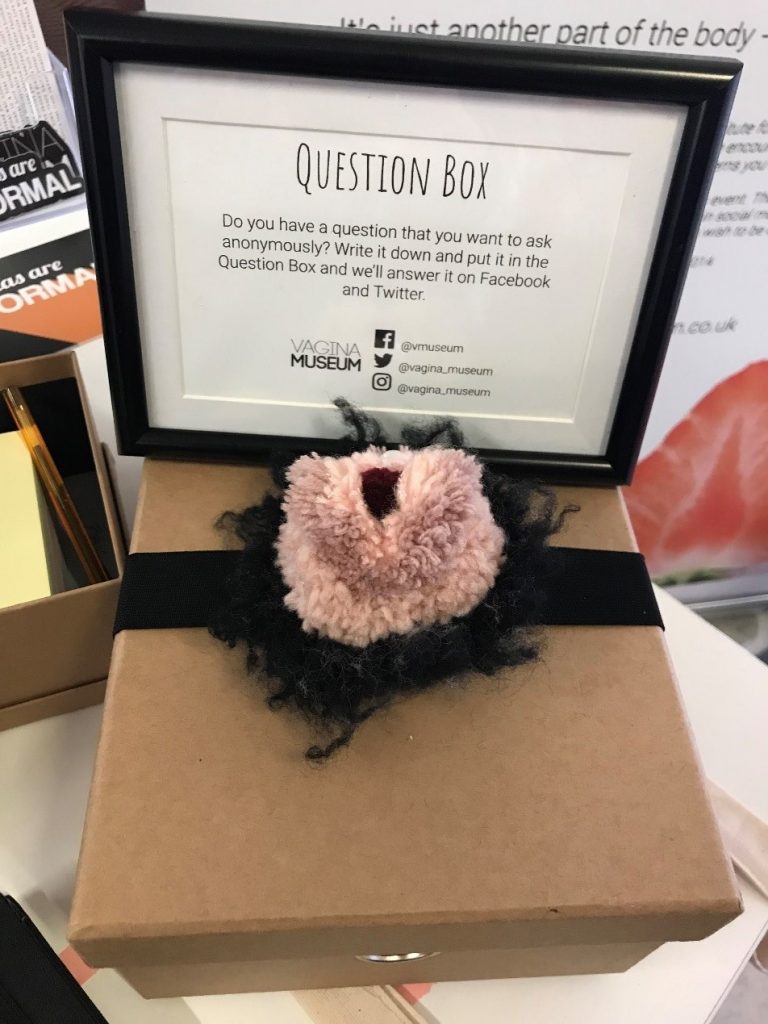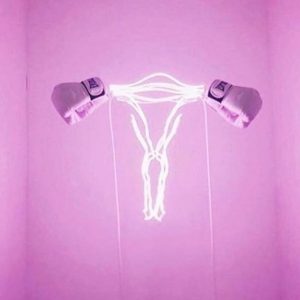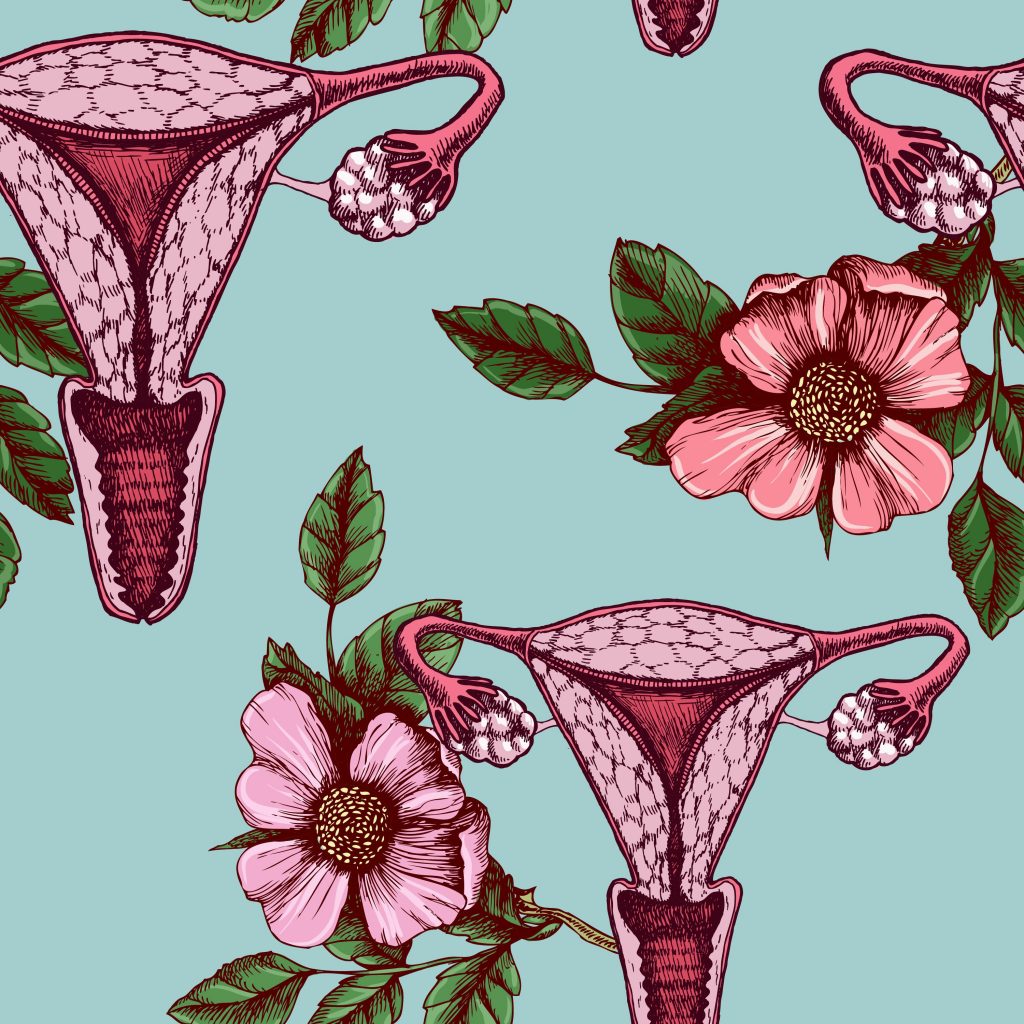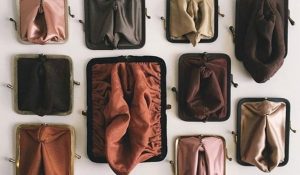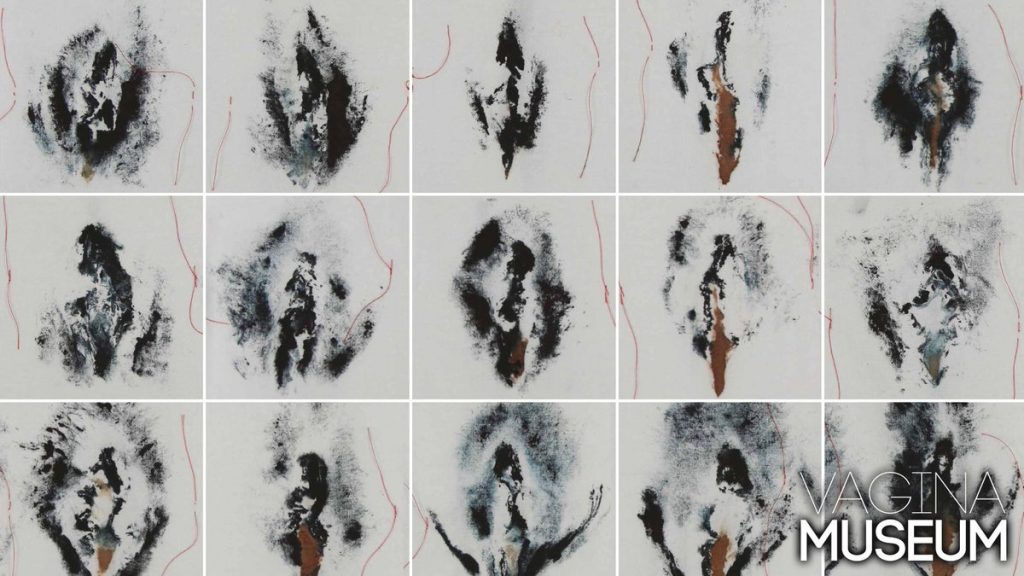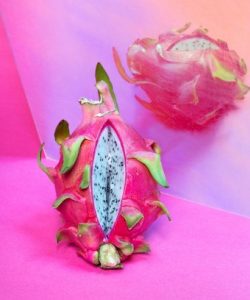Written by Elisa Locati, expert in Museum Studies
In the past few months, following the Harvey Weinstein scandal and the #metoo movement that has been trending on social media ever since, the position of the woman in every aspect of society has been put under direct scrutiny in a new social and political light. Thanks to the newfound interest of the public in the subject and the countless stories highlighting the unhealthy chauvinistic culture that surfaced in the news and on social media, a not-so-quiet revolution has started taking place and transform our concept of the woman and her position in society.
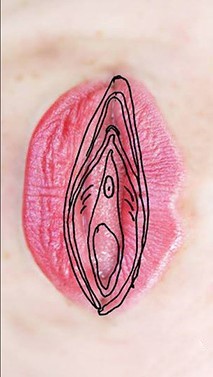
One place in particular where this revolution is slowly but surely taking root is the museum space. Despite having been created by the white male curator for his own pleasure – many of the first museums and art galleries created in the XVIII century were private collections that had been made accessible to a narrow public for the narcissistic pleasure of their owner – and having been an unwitting champion of the Western Philosophy, the museum is now slowly changing its mentality, and the dualism that sees the white man as the subject and the woman as the object is leaving space to Feminist Theories and their focus on giving voice to the “other”.
One of the museums that better embodies this new philosophy is the Vagina Museum, a place solely dedicated to the female sexual organ. The idea for the Vagina Museum was birthed in March 2017, when a science communicator and owner of a popular YouTube channel, decided to research the top ten animal vaginas to film a video that would go along with its counterpart Top 10 Weird Animal Penises. However, finding information on the subject proved difficult. She knew of the existence of the Icelandic Phallological Museum and decided to look for an equivalent Vagina Museum that could help her gather information on the subject. There was none, and she felt the urge to rectify this situation. After all, why not… right?
With her experience in the world of entertainment, she knew that her first step was to establish if there was a prospective audience for a museum dedicated to the female reproductive organ. The existence and scale of this interest became apparent when her first event, a communal night that she advertised online, was quickly sold out. This initial success prompted her to start researching how to create a museum in the twenty-first century, and she soon started to advertise the trustee positions at the museum.
The first phase of programming started in May 2017, and, three months later, the art exhibition “Exhibitionist” was brought to the Edinburgh Fringe Festival to represent the museum. Subsequently, the events offered by the museum have been varied and many. They span from film screenings to workshops, lectures, gigs, talks, and exhibitions, and they have been hosted in some important venues such as The Freud Museum, Hackney Showroom, and Conway Hall.
The current event, “Is Your Vagina Normal?” features appearances at the London Metropolitan Archives, the Feminist Library, the Science Museum, as well as festivals such as the Pride Parade, Green Man Festival and the British Science Festival, and an international stop in Paris for the festival “Ma sexualité n’est pas un handicap”.
At these events, the audience has been fascinated by the notion of the museum and intrigued by the subject featured. Many have been taking part in the games and expressing their enthusiasm for the project and for the fact that the Vagina Museum aims to be gender inclusive and intersectional. Particularly well received was the game on intersex genetic mutations and the “Can You Name all the Parts?” worksheet as well as the game “Is It Normal and Healthy?”.
Enthusiastic and well-prepared volunteers manage to entice visitors and passers-by into having a thorough look at the stall and take part in the activities which have a heavy informative and educative focus. Furthermore, they offer free give-aways such as plant-oil based and organic lubricant, stickers, the booklet “So What is a Vulva Anyway?”, and an informative sheet on Kegel Exercises which explains how they can be carried out and why women should do them. Additional activities that can be found at the stall are “Design Your Own Bunting”, which should be vagina-themed, and a cut out in the shape of an Instagram post titled “What face do you make when doing your pelvic floor exercises? #KegelFace”, of which visitors can take pictures, post on social media and tag the museum.
Despite the success so far, the museum does not possess a physical collection, yet. Nonetheless, the permanent museum is set to open in 2032, possibly in London. Ideally, the trustees would like to find a location which has a strong feminist history. Holloway Prison, which is being redeveloped and is on the market, would be an ideal site for the museum.
Elisa Locati earned a master’s degree in Museum Studies at the University of Leicester. Her dissertation verted on the position of the woman in the museum and she is particularly interested in the link between museums and health and well-being. She volunteers at the Wimbledon Windmill Museum in a front office position and at The National Holocaust Centre and Museum as a translator. Her dream is to work with minorities and communities that could benefit from the work of museums.
